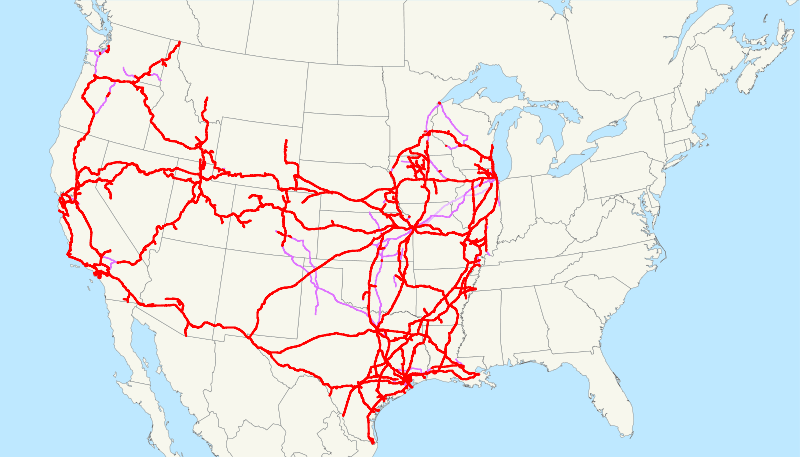When I'm on a train stuck in the hole along the UPRR somewhere, I sometimes recollect a memorable excerpt from James McCommons' book Waiting On A Train. He relays a conversation held one day between an Amtrak product line agent/revenue manager at Longview, TX and a Union Pacific executive.
After the Amtrak manager made a comment about how the UP and Amtrak might cooperate to improve the Eagle's OTP, the UP exec responded back emphatically:
"You know Griff, you just don't get it. Amtrak doesn't get it. And maybe you guys will never get it, but we just don't care -- that attitude is instilled in the people running this railroad. It will take a full generation to run it out, and it may just pass on to the next generation.
You need to understand this...if you're right to the minute on time and an ass in every seat, we don't care. If you're nine hours late, and nobody is on the train, we don't care. If you have an engine failure and are stuck, we don't care. If you bring a few million to the table in incentives, we don't care. We're a $3-billion company, it means nothing to us.
So no matter what Amtrak does. No matter what you do, we don't care. WE DON'T CARE."
It's just one UP exec opining, but it was one of the more memorable exchanges from McCommons' book.





